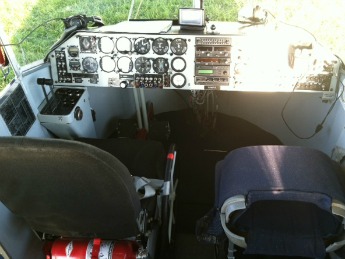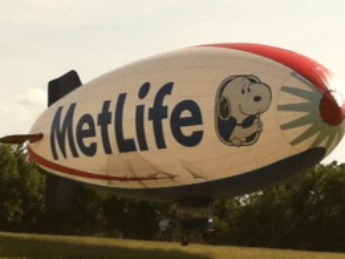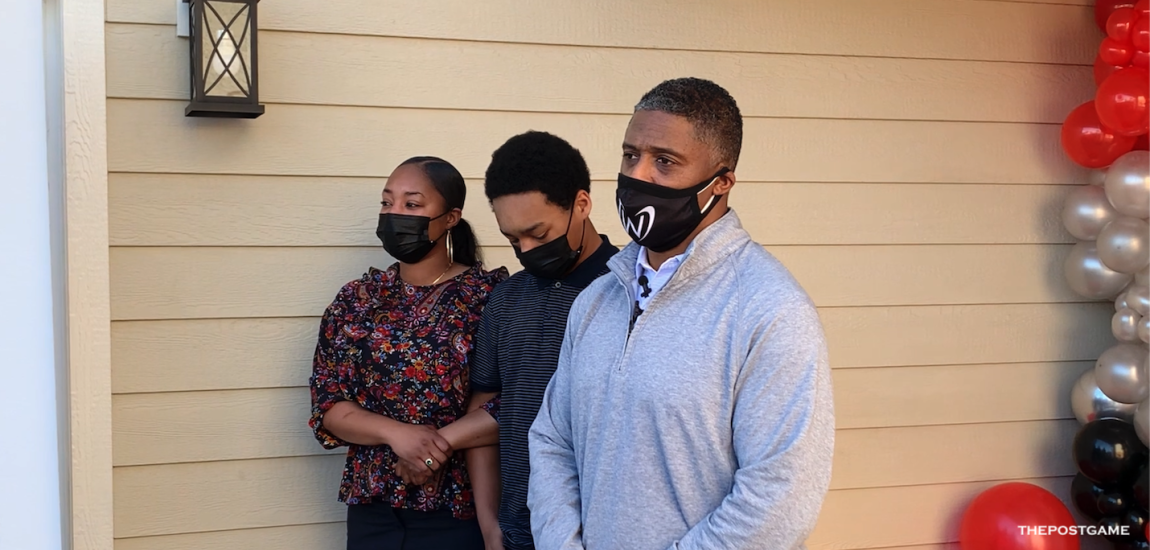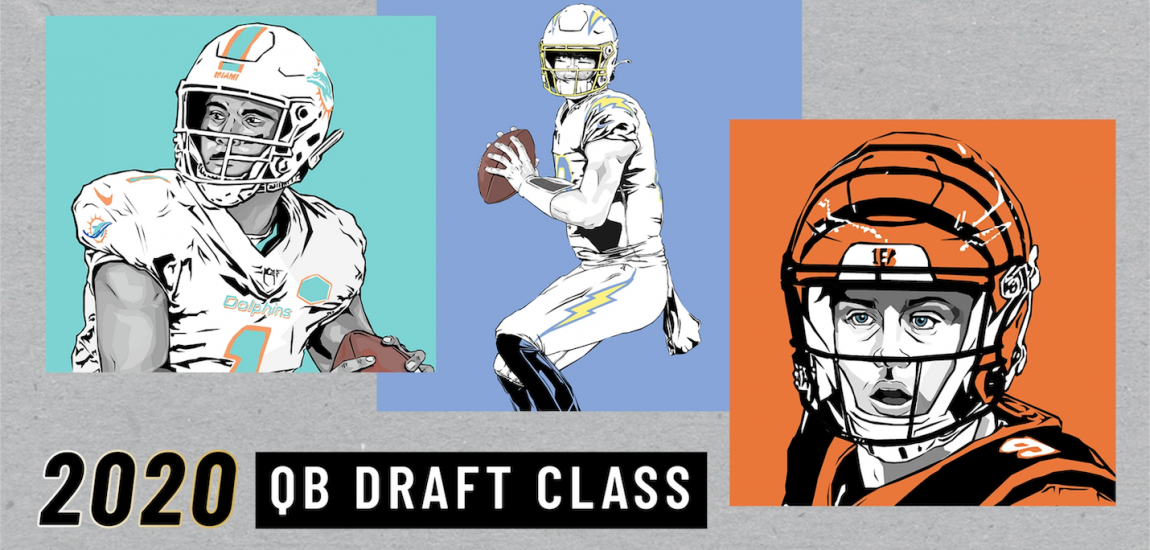In 2008, Tiger Woods was playing an inspired performance in the U.S. Open with one knee barely able to walk, much less position itself for him to hit a golf club properly. It was before the messy divorce, the porn stars and the string of embarrassing anecdotes about the golf star, so fans around the world were watching with gripped knuckles as he battled it out with Rocco Mediate, a likable every man golfer. By the time the two made it to the 18th hole, Woods needed to sink a 15-foot putt to force a playoff.
A few hundred feet above, MetLife blimp pilot Charlie Smith, an affable Florida native who grew up playing soccer and a bit of baseball but turned into a big golf fan, and a cameraman, Bob Mikkelson, were watching. They were aboard Snoopy One, MetLife's blimp, which was feeding footage to NBC's golf coverage.

It was a foggy day so the blimp was flying lower than normal, making the camera shot crystal clear.
“I believe it was the second to last group coming up on Sunday and so all the attention was on him,” Smith remembered. “So we just wanted to get in the right position to stage the final shot when it went down and it just happened to go in.”
As the perfect replay captured by Snoopy One would show, Woods made it and raised his arms triumphantly and threw his head back in joy. Tommy Roy, a producer for the Golf Channel who was producing that broadcast, said he looked at the blimp replay immediately.
"The replay actually was perfect," he said, "because he was looking ... up to the heavens."
Whether Woods found God or not in that moment is debatable. But there is one thing that millions of people watching that day saw on the replay: He looked right into the blimp.
Since the first shot from a blimp used in a television program, which researchers believe, came in 1960 at the Orange Bowl (though evidence of a shot in 1959 has also been found), it's been used to provide a bit of gravitas and beauty shots to broadcasts on all of the major networks.
According to Dennis Deninger, a Professor in the Syracuse University Department of Sport Management and author of the book "Sports on Television: The How and Why Behind What You See," it was a longtime CBS director who had seen the blimps at a base on Watson Island near Miami. He got the idea of putting a camera on them, and since then they’ve become a mainstay at the games.
That view is the one that is used to bring viewers to commercial (a wide shot), or get shots that other cameras can’t on the field. For example, for events like golf tournaments, a blimp camera can zoom in on a golfer or in horse races, it can zoom out on the whole race much more easily than a cameraman on the ground can. And when the weather goes bad, a blimp acts as the “fail-safe” to other cameras on the ground that may be faring worse with the elements.

"It's hard to imagine a sporting event being filmed without a blimp because instead of being just a luxury camera, it’s turned into a necessity because it’s the one angle you can’t get anywhere else,” Smith said.
Over the years, different companies have sponsored blimps. For example, Smith's "Snoopy One” is sponsored by MetLife and another one in his company (the blimp is owned by Van Wagner) is the DirectTV blimp. Perhaps the best known for a long time was the Goodyear blimp (Smith notes there's a bit of a rivalry between the companies.)
Throughout the year, the blimp flies to sporting events where they will receive enough television exposure and fan time to make the cost of the crew of advanced setup and on-ground people, the pilot and the blimp itself worth heading over there. The station then has to do an agreed upon amount of plugs or shots of the blimp in exchange for free footage, in most situations.
“You have to get in what was referred to as a 'blimp pop' each hour or whatever was contracted,” said Deninger.
During broadcasts, the blimp is filled with pilots like Smith and an expert cameraman who uses a high-powered camera to capture the event. He’s seen everything from the baseball games in MetLife Stadium to Super Bowl games, from a vantage point few will ever get to see.
“Of course my favorite stadium is MetLife Stadium,” Smith said, pointing to his blimp’s sponsoring company. “I’m a big fan of Lambeau field because I think it's cool how the community owns the team and it’s hard to go wrong with the Cowboys -- the monstrosity they have, I don’t think there will be anything like that ever again.”

For some events like horse racing and NASCAR, the blimp often provides the best shots of the field and important moments in the event, said Deninger, who produced horse racing broadcasts for ESPN.
"During [Kentucky Derby] races at Churchill Downs, it was a terrific cameras for replays at certain times because the lenses that you equip these cameras with now zoom in and we were able to follow an entire race," he said. "If you're moving above this pack of horses, you can see the spacing, you can see the maneuvers, you can see a lot more from the air than you can with the cameras around the racetrack."
According to Roy, blimp technology improved about 10 years ago to make it possible to go from just the wide aerial shot, which is what blimps were previously used for, to follow each shot in golf coverage.
"The blimp is our protection because we can cut to that as we bounce around the golf course from shot to shot," he said. "The blimp cameraman is following where we're going and backing up that shot."
More than fail-safe camera shots and wide angles, Deninger believes, what the blimp really has added most to sporting events is the sense that what’s happening down on the field or in the stadium or on the golf course is a big deal -- a big enough deal to not only attract MetLife’s Snoopy One, or another blimp, but fill stadiums and line courses with fans.
"When NBC does the Super Bowl ... there's just something really special about a blimp shot in the daytime when you see the Rose Bowl filled with people, but there's something even more special when it's at night and you see an entire city lit up and a stadium lit up -- it's this fabulous glowing jewel in the night.
"Those are the great shots, those are the magical shots that make the viewer feel this is something special and say 'I want to devote all my time to this.'"




